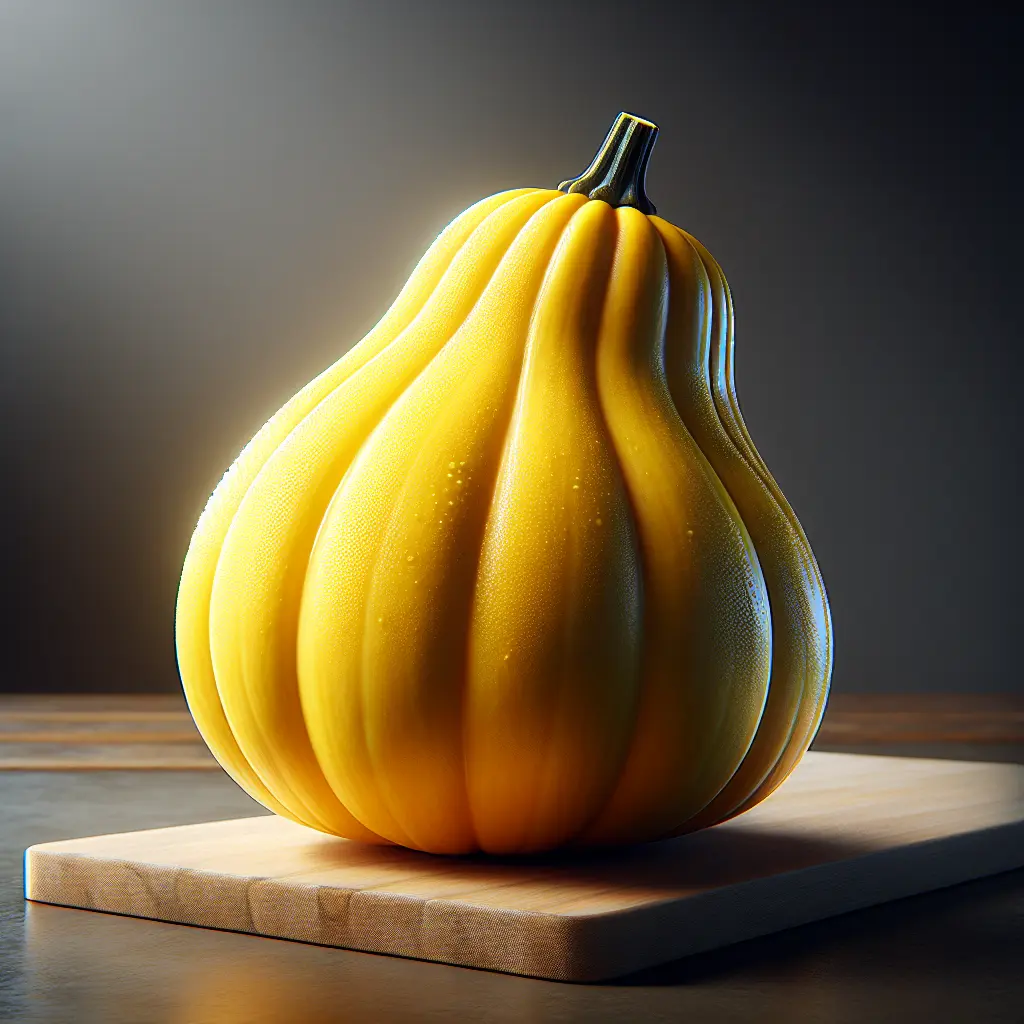Yellow Squash: A Nutritious and Versatile Summer Vegetable
Yellow squash is a summer vegetable that is packed with nutrients and antioxidants. It is a good source of vitamins A and C, as well as potassium and fiber. Yellow squash can be eaten cooked or raw, and it is a popular ingredient in many dishes.
Nutritional Value
Yellow squash is a low-calorie vegetable that is packed with nutrients. One medium squash (about 1 cup) contains the following nutrients:
- Calories: 68
- Protein: 3.1 grams
- Fat: 1.1 grams
- Carbohydrates: 15 grams
- Fiber: 4.8 grams
- Sugar: 8.9 grams
- Vitamin A: 110% of the Daily Value (DV)
- Vitamin C: 51% of the DV
- Potassium: 12% of the DV
Yellow squash is also a good source of antioxidants, such as beta-carotene, lutein, and zeaxanthin. These antioxidants can help protect your cells from damage, and they may reduce your risk of chronic diseases such as heart disease, cancer, and macular degeneration.
Health Benefits
Eating yellow squash may provide a number of health benefits, including:
- Improved heart health: The antioxidants in yellow squash can help protect your heart from damage. They may also help to lower your blood pressure and cholesterol levels.
- Reduced risk of cancer: The antioxidants in yellow squash may help to protect your cells from damage, which may reduce your risk of developing cancer.
- Improved eye health: The lutein and zeaxanthin in yellow squash are important for eye health. They may help to protect your eyes from damage caused by UV light, and they may reduce your risk of developing macular degeneration.
- Boosted immunity: The vitamin C in yellow squash is important for immune function. It can help to protect your body from infection.
- Improved digestion: The fiber in yellow squash can help to improve digestion. It can help to keep you regular and prevent constipation.
How to Cook Yellow Squash
Yellow squash can be cooked in a variety of ways. It can be boiled, steamed, roasted, fried, or grilled. Yellow squash can also be eaten raw, in salads or as a snack.
Here are a few tips for cooking yellow squash:
- Choose firm, brightly colored squash. Avoid squash that is bruised or has soft spots.
- Wash the squash thoroughly before cooking.
- Cut the squash into desired shapes. You can cut squash into slices, cubes, or quarters.
- Cook the squash until it is tender. The cooking time will vary depending on the cooking method.
Yellow squash is a versatile vegetable that can be used in a variety of dishes. It is a good source of nutrients and antioxidants, and it may provide a number of health benefits. So next time you are looking for a healthy and delicious vegetable to add to your diet, reach for yellow squash.
How many calories are in Yellow Squash?
Each 1 medium of Yellow Squash contains 68 calories.
Yellow Squash Nutritional Information
| Nutrient | Amount per 1 medium (342g) |
|---|---|
| Calories | 68 Calories |
| Protein | 3.1g |
| Fat | 1.1g |
| Saturated Fat | 0.2g |
| Cholesterol | 0mg |
| Carbohydrates | 15g |
| Dietary Fiber | 4.8g |
| Sugar | 8.9g |
| Sodium | 0.0034mg |
| Potassium | 0.6566mg |
| Calcium | 0.092mg |
| Iron | 0.0012mg |
